It’s a funny old world where business as usual can (and is) upended literally out of the blue. One day everything’s fine, the next it’s all changed. Inherent volatility and unpredictability means those organizations which enjoy flexibility in approach, processes and even capability, are better positioned to roll with the punches, whatever those punches may be.
Having recently taken a close look at successive Industrial Revolutions, the inescapable conclusion is that the most recent (and the one in which we find ourselves today), Industry 4.0, is the most rapidly advancing in history.
Sure, present day events will be likely to induce a slow down, but the genie is out of the bottle. It is society’s very flexibility and adaptability itself – combined, no doubt, with medical technology – which will see us through the current challenges.
These factors are the confirmation that flexibility for your own operations is an absolute must. That flexibility should include the ability to change processes at short notice to cope with the unexpected.
This, for many businesses, begs a rather obvious question: Are your processes formally defined?
In many cases, the answer is a simple ‘no’; if that’s you, I’d strongly advise mapping those processes as a crucial first step. Once processes are well understood, including not only the ‘what’ is done but also the ‘why’, you have the basis for flexibility. Knowing processes, for example, means you’re able to understand clearly who can and cannot work from home.
It’s not a technology thing (yet)
With your processes documented, you’re in position to follow and enforce them – and note that following and enforcing ‘previously loose’ processes is the point at which you’ll discover if the process as defined really works.
If it doesn’t, you have detail which is the equipment necessary to make changes and improvements.
You can’t improve what you can’t measure; processes are about the successful completion of a task, which is also the first point of measuring.
Was the task completed? Was it easy? How long did it take? These questions are easily answered with processes mapped and understood.
Tracking and understanding processes doesn’t require changing them in any way nor moving anything to the latest tech or fancy program. Instead, the idea is to know what’s happening; in turn, this can deliver the visibility to introduce improvements in those parts of the business where it is obvious change is needed.
These shortcomings are often described as ‘pain points’ because it can be almost physically painful dealing with sub-optimal processes and procedures.
But here’s the oddity. Often, even if there’s the pain, recognizing a shortcoming can be difficult, or to use another time-worn idiom, you can’t see the wood for the trees. In these cases, being so close to the detail (your business) means you can’t see the things most important to it (process inadequacies which could be holding you back).
In these cases, independent advice is a very good idea; independent advice can also bring knowledge of improved technologies or methods into your operations which you and your people were simply unaware of.
It’s the little things
Some of those changes can be pretty small in terms of investment, but have pretty big effects in terms of productivity, convenience and overall performance.
Some simple examples include using a platform like DocuSign. Still using paper orders? I’ll go out on a limb here and say ‘nobody likes fax machines or even PDFs’, and DocuSign is a big step away from all of that promoting electronic signatures.
Instead of paper copies or expecting or assuming your client can sign a PDF document, DocuSign handles it all digitally for you.
Next is taking advantage of the many cloud storage systems like OneDrive, Google Drive or Dropbox. These work across all popular platforms, including phone, tablet and PC, and are a great way to manage and share project and other information between customers, suppliers and subcontractors.
There are also many online people and resource management tools available, including Monday, Wrike and Mavenlink. These are tried, generally with a free trial or ‘free for personal use’ model which makes setup easy and risk free so you can try it out before considering adoption into your business.
Weathering any storm
We’re in unprecedented times right now, but there’s a bottom line: the world goes on and whether working from home, self-isolating or reducing production, there are still more than 7 billion of us on the planet. People need things, so flexibility and adaptability have never been more essential. It applies to our personal lives, our businesses, to our industry and society.
Taking advantage of what technology offers today is key to the creation of resilient enterprises capable of maintaining production even in trying circumstances.

